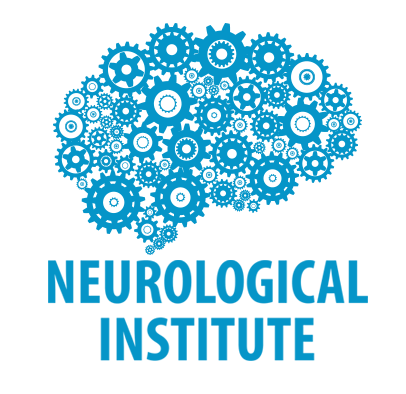Endoscopic Endonasal Neurosurgery
This minimally invasive procedure uses the natural sinus corridors to perform brain surgery at the base of the skull through the nose using an endoscope (high-definition camera with light source), avoiding open incisions on the head. The endoscopic endonasal approach (EEA) has become a safe, effective, and established procedure over the last two decades. Surgery is performed as a team, with a neurosurgeon and an otolaryngologist assisting each other in the operation. Our specialists at CHI Health perform these surgeries at Creighton University Medical Center Bergan Mercy in Omaha, NE.
Benefits of Endoscopic Endonasal Neurosurgery
- No external incisions on the face or head, no incisions under the lip, no hair-shaving required
- Better visualization of skull base anatomy via high-powered endoscope and light
- Allows access to some structures not amenable to open surgery; or allows more complete resection of certain tumors
- Natural structures in the nose and sinuses can be used to repair surgical sites
- Team-based approach utilizes overlapping expertise between fellowship-trained neurosurgeons and otolaryngologists to provide the best possible outcomes for patients
What Conditions Can be Treated with the Endoscopic Endonasal Approach?
The endoscopic endonasal approach (EEA) was originally developed for the treatment of pituitary tumors (pituitary adenoma, Cushing disease, acromegaly, Rathke cleft cyst, etc.) and this remains the most common reason for this type of surgery. Many other diagnoses also can be treated with EEA, including other benign tumors such as meningioma, craniopharyngioma, trigeminal schwannoma; cancers such as olfactory neuroblastoma, chordoma, and chondrosarcoma; and non-tumor conditions like spontaneous nasal spinal fluid leak, encephalocele, and spinal cord compression from odontoid pannus.
However, some diagnoses are still best treated with traditional open craniotomy surgery. There are pros and cons to each treatment, and this is why the board-certified, fellowship-trained CHI Health skull base team is experienced in all types of surgery: the goal is to choose the right surgery for each individual patient to have the best outcome possible.
Our Providers
What to Expect After Endoscopic Endonasal Approach Surgery
When you wake up after endoscopic endonasal approach surgery (EEA), you will likely have mild to moderate pain and congestion in your nose. This is normal, and is treated with routine medications. Some patients will need prescription-strength pain medicine upon discharge from the hospital, while others may use only over-the-counter medications. This is largely dependent on how extensive was the surgery inside the nasal cavity.
After some types of EEA, you will only have absorbable packing in the back of the nose, and you may be able to breathe through your nostrils. In other types, more solid packing material is used that must be removed in clinic, and this will temporarily obstruct your ability to breathe through your nostrils.
Patients very rarely experience any bruising on the face or under the eyes. Because of the inflammation that the surgery causes in the nostrils, you may have a decreased sensation of smell for several weeks afterwards. This usually resolves on its own.
Depending on the type of condition treated, you will either be admitted to the Intensive Care Unit, the regular part of the hospital, or rarely discharged the same day (ambulatory surgery).
After EEA, it is important not to do activity that damages the reconstruction and repair done in the back of the nose at the end of the surgery. Therefore, you cannot blow your nose, even if congested, as that could blow out the packing materials needed for the nose to heal properly. Lifting items over 10 lb of weight, straining with your abdomen, and putting your head below the level of your stomach are also restricted for the first 4-6 weeks. If you have obstructive sleep apnea (OSA) and use a CPAP or BiPAP device, speak with the doctors before your surgery to see how long you should not use the device after your procedure.
Although you will have no incisions on the outside, you will definitely feel like you had a surgery performed. Most patients feel tired for at least several weeks afterwards, and are not ready for immediate return to stressful activities. We recommend that patients plan to take off 4-6 weeks from work, school, or other strenuous life events. This will vary somewhat depending on how extensive your surgery is, and your surgeon will discuss this with you ahead of time.
CHI Health Clinic Neurosurgery
(CUMC - Bergan Mercy)
7710 Mercy Rd
Medical Building One, Ste 224
Omaha NE 68124

